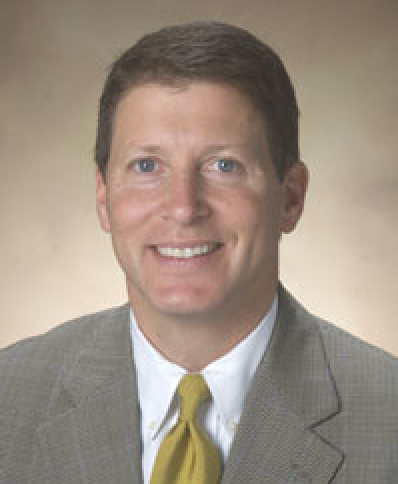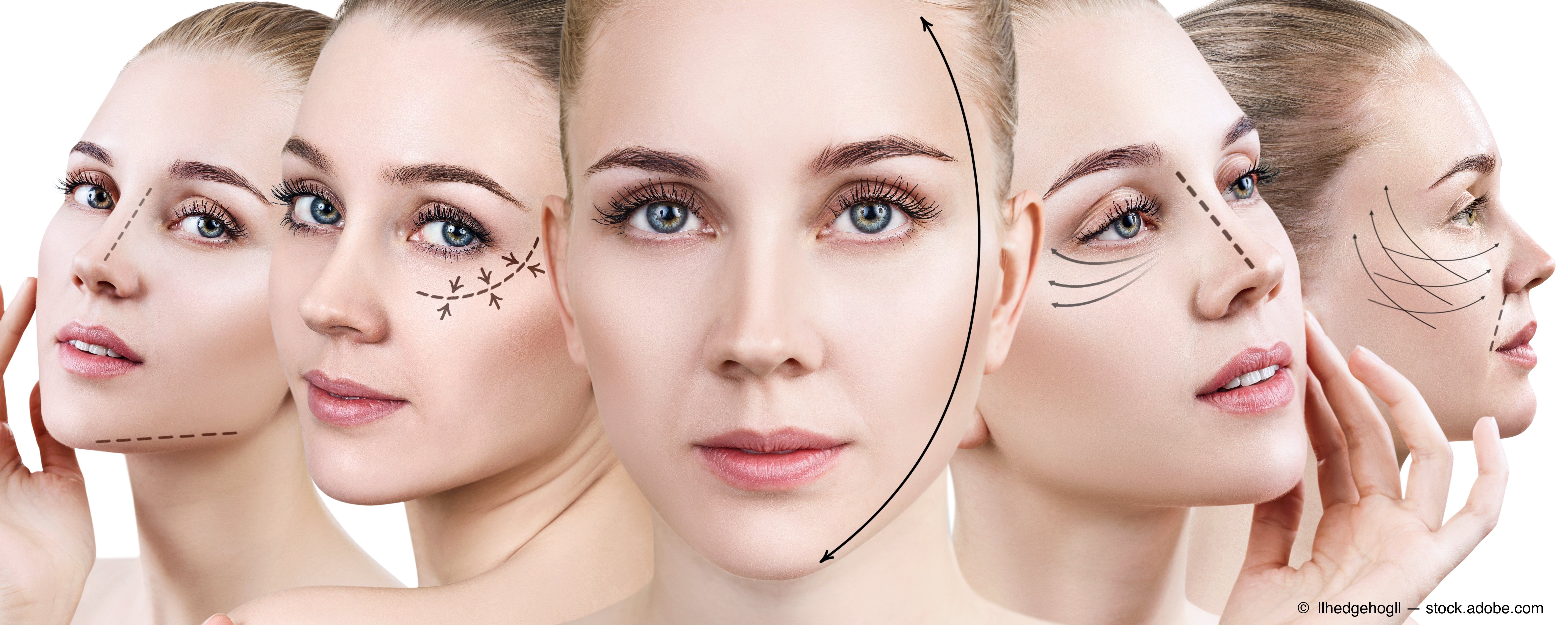Article
Advice on aesthetics in ophthalmology
Philip R. Rizzuto, MD


Adding aesthetic or elective procedures appeals to many ophthalmologists for a variety of reasons, one expert says.
“Reimbursement obviously has been adjusted downward, regulations have been adjusted upward, the cost of doing business and time to run a business have been adjusted upward, so, there are a lot of variables that come into play if you’re an individual practice or even if you’re with a group or an employed physician,” said Philip R. Rizzuto, M.D., clinical spokesperson for the American Academy of Ophthalmology and clinical professor of Surgery (Ophthalmology) at the Warren Alpert Medical School, Brown University. He enjoys a practice that focuses completely on oculofacial plastic surgery. Fellowship trained in oculoplastic surgery, Dr. Rizzuto spends his days addressing patients’ functional problems and facial cosmetic concerns.
While offering aesthetic procedures might seem like a great way to avoid third-party payers, ophthalmologists shouldn’t and generally don’t, according to Dr. Rizzuto, do it for that reason.
Ophthalmologists have a foothold in aesthetic surgery and medicine, according to Dr. Rizzuto.
“They are uniquely and skillfully trained to understand and work with the anatomy around the eye and the face,” he says.
Ophthalmology is considered by some as one of the core specialties making up medical and surgical aesthetics.
“There are what we call core specialties that receive formal training during their residency or fellowship programs in facial aesthetics-in nonsurgical facial aesthetic treatments. Those are facial plastic surgery, otolaryngology, plastic surgery, dermatology and ophthalmology,” says American Academy of Facial Plastic and Reconstructive Surgery (AAFPRS) immediate past president Phillip R. Langsdon, M.D. “Out of those specialties-out of those fields that are trained in U.S. residency or fellowship programs-there are advanced training areas where people gain more training. That’s where the fellowships in facial plastic surgery, the fellowships in oculoplastic surgery, and in dermatology and in plastic surgery come in.”
Related: Rare post-bleph complications
There are lots of opportunities for ophthalmologists to train in aesthetic procedures and techniques.
The American Academy of Ophthalmology doesn’t track how many U.S members offer cosmetic procedures, but it offers an array of options for ophthalmologists who want to train in aesthetic procedures at its annual meetings.
AAO also has a subspecialty dedicated to oculofacial plastic surgery.
Founded in 1969, ASOPRS has more than 650 U.S. members dedicated to facial rejuvenation and disorders of the eyelids, eye socket and tear drainage system. ASOPRS accredits more than 60 fellowship training programs, according to the Society’s website.
Ophthalmologists also make up 5% of the 1,600 members of the American Academy of Cosmetic Surgery (AACS), which represents physicians from plastic surgery, dermatology, general surgery, oral and maxillofacial surgery, otolaryngology and other specialties who pursue educational and training in cosmetic surgery.
Ophthalmologists are increasingly contributing to the cosmetic surgery literature.
Plastic surgeon authors reported in a study published July/August 2016 in the Aesthetic Surgery Journal that non-plastic surgeons-otolaryngologists and ophthalmologists-are increasingly being published in peer reviewed journals on facial cosmetic surgery topics.1
Related: Blepharoplasty with underlying ptosis
“I think ophthalmologists in general will only undertake something they feel comfortable with and well-trained to do,” he says.
There are considerable complications that can result from aesthetic procedures, which in an ophthalmologist’s office might include injectables, chemical peels, blepharoplasty, facial laser surgery and more. To be successful, providers must be adept at understanding and striving to meet patient expectations, according to Dr. Rizzuto.
Non-surgical practice
For general ophthalmologists who do not intend to pursue fellowship training in oculofacial plastic surgery, there are other ways to train for success in cosmetic practice, according to Dr. Rizzuto.
But it takes more than a weekend course, according to Dr. Rizzuto, who recommends spending time with a proper mentor.
I encourage those who spend time with me to also work with other people who provide aesthetic treatments. Then they see how different people perform different procedures, he says.
Related: Fillers for less common areas
Dr. Rizzuto also recommends building a multispecialty network of trusted and respected aesthetic providers, including plastic surgeons and dermatologists, who are willing to answer questions and take referrals when needed.
Done right, aesthetics and ophthalmology can be a satisfying fit, according to Dr. Rizzuto.
“It’s been a great ride. I’ve been in private practice for over 16 years performing strictly referral-based oculoplastic surgery, and I have had the privilege to care for over 40,000 patients so far in my career. I love what I do, and my quality of life is good. I look forward to continuing,” Dr. Rizzuto says.
Read Aesthetic Authority updates for more insight into incorporating aesthetic procedures into practice.
References:
1. Waltzman JT, Tadisina KK, Orra S, Elbey H. Who is Publishing in Facial Cosmetic Surgery? A Citation Analysis Across Specialties Over Five Decades. Aesthet Surg J. 2016;36(7):743-55.
Newsletter
Don’t miss out—get Ophthalmology Times updates on the latest clinical advancements and expert interviews, straight to your inbox.




